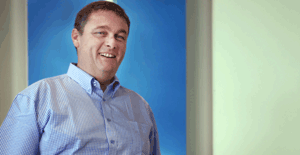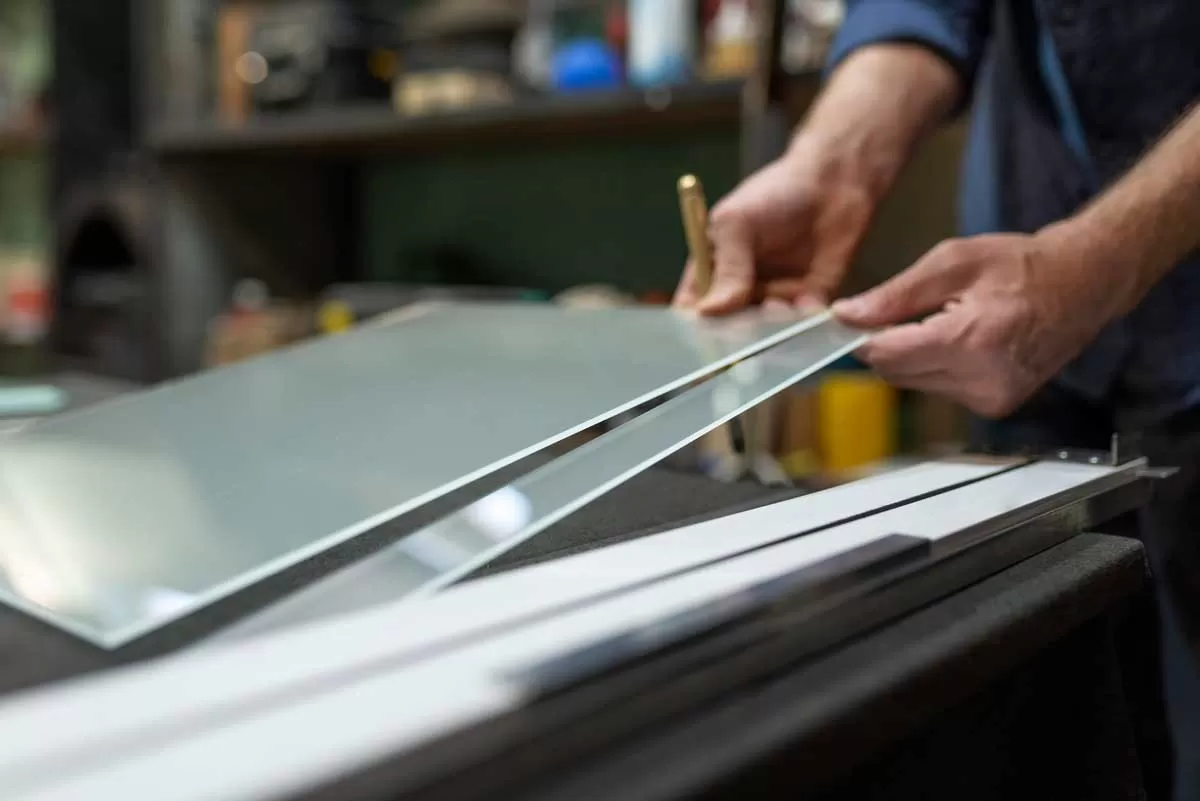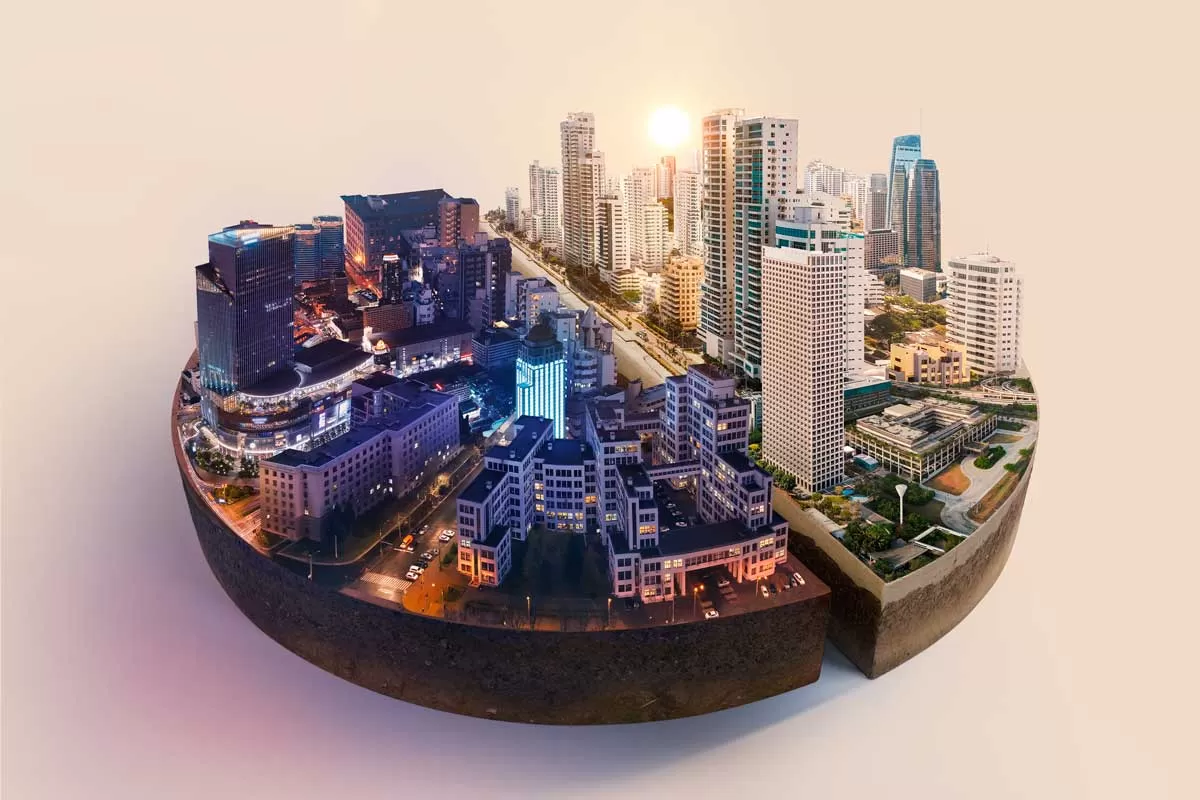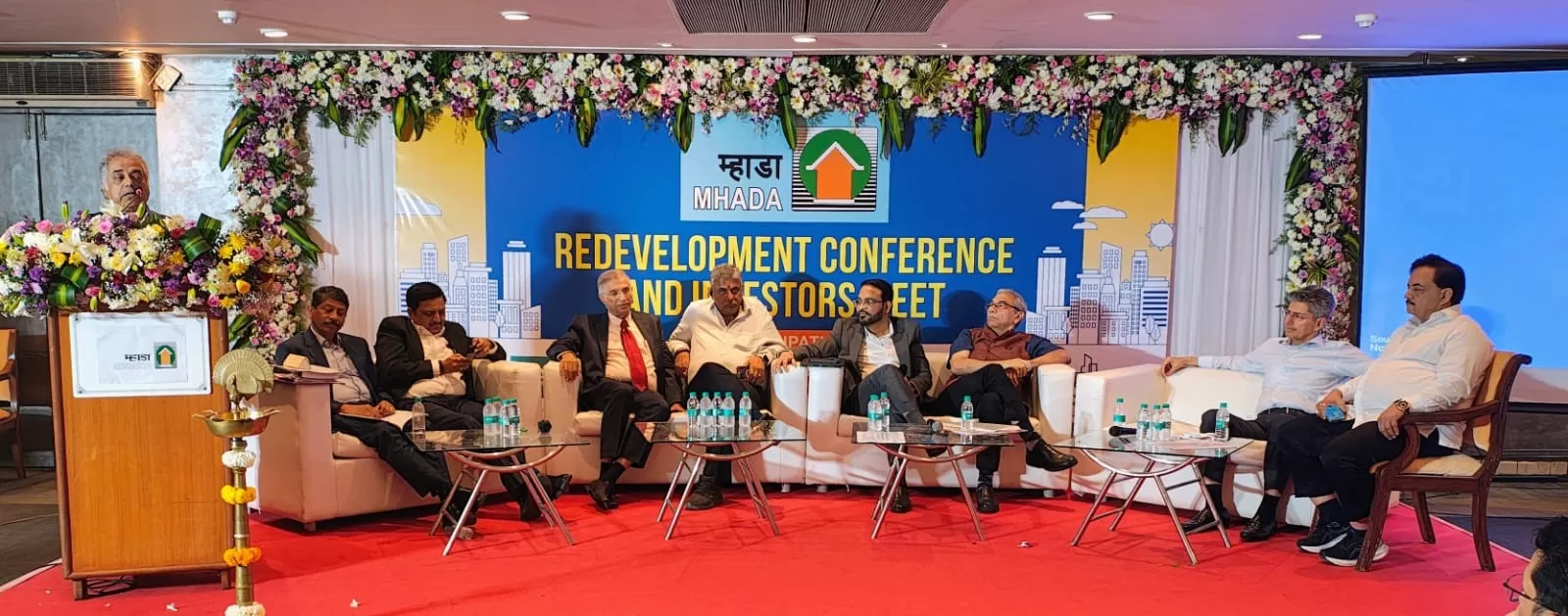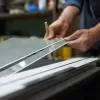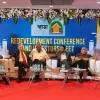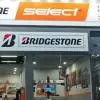Norbert Paprocki, President-Portable Energy Division,
Atlas Copco Construction Technique
Notwithstanding the global headwinds and the policy paralysis India witnessed in the previous year,
Norbert Paprocki, President Portable Energy Division, Atlas Copco Construction Technique, remains upbeat about the India growth story. In particular, he expects his portable energy products to get the needed boost with the revival in the Indian construction industry in the latter half of 2014. With the new government at the helm, the prospects seem to be getting even better. While visiting the newly built state-of-the-art Chakan plant recently, MANAS R BASTIA caught up with him for an exclusive interaction as Atlas Copco commemorates more than 140 years of achievements. Excerpts from the conversation:
Let´s begin with your business outlook for India, especially
in the construction and infrastructure sector.
India has always been a focus country because of its dynamic growth history and huge untapped potential. Since 1960, Atlas Copco has demonstrated long-term commitment to India. We believe in India. In the past two to three years, growth has been low; this could be an effect of global trends and lack of local state initiatives. With the new government in place, I can feel the optimism for the future.
I personally believe India has the potential to go back to its GDP growth rates of over 9 per cent and when that happens, this will essentially be driven by infrastructure development roads bridges, metro, etc. It may happen today or tomorrow, but it will. We in portable energy play an important role in that segment. With this positive outlook, we will continue to invest in India, especially in our people, products and processes.
What is your assessment of the present portable energy equipment market in India?
The market size per year is as follows for the key constituents:
Compressors: 3,500 to 4,000 units
Light towers: 800 to 1,000 units
Generators: 280,000 to 300,000 units
Pumps: Unorganised sector
What is Atlas Copco´s market share and what are the growth drivers of this segment?
For compressors, we are the market leaders with a focus on increasing market share year-on-year (YoY). For other product categories such as generators, pumps and light towers, we are poised to enter these segments aggressively in the near future. Looking at the growing opportunities in the construction industry today, we are positive about increasing our market share. The housing markets in the US and China are still showing a rising trend and hence the dimension stone industry (DSI) is getting the required surge in India.
What are some of the mega industry trends seen in India?
The portable energy business is growing YoY, mainly through the portable air compressor business. While the light tower market has been stagnant for the past couple of years, the generator market is growing owing to the huge gap between the demand and supply of power. The pump market is an unorganised but a growing segment.
How big is the DSI segment and what is its growth potential over the next two to three years?
The DSI segment includes granite and marble with major deposits located in Tamil Nadu, Andhra Pradesh, Madhya Pradesh and Rajasthan. Granite is mainly exported to countries such as China, Italy and the US. The growing housing markets in the US and China are aiding the growth of DSI in India. Forty per cent of Atlas Copco´s Size 1 compressor business is from the DSI segment. Due to issues related to mining lease cancellations in the latter half of 2013, India saw a slight decline in the DSI segment because of limited lease clearances. However, a few pockets across India are seeing a revival in 2014. Going forward, we expect the DSI segment to revive and show a positive growth trend to the tune of 20 per cent YoY.
Elaborate upon your new range of compressors for the DSI segment. What are their competitive advantages?
In the latter half of 2013, Atlas Copco introduced a new range of compressors ranging from 330 CFM to 650 CFM with various pressure combinations. This ensured that these compressors serve as value for money for the customers because of low fuel consumption and thereby bringing down the total cost of ownership. The models are XA 157, XA 187, XAT 266, XAH 236, XAV 216 and XA 316. All these models are uniquely rated compared to what´s generally available in the market.
The uniqueness of Atlas Copco compressors lies with higher capacity and unique pressure settings for increased productivity and finally increased profitability for the customer.
What innovative solutions do you offer in product categories such as generators and light towers?
We are targeting one of our stronghold segments of compressors in the DSI segment for pitching our generators. More news will follow once we start the serial production of the same. Light towers are imported at present and indigenisation is on the cards. These are mainly targeted to the general construction industry. The product offering is the lightest product available in the market with the lowest fuel economy. Our light towers can cover an area of 7,600 sq m with good intensity. This is a unique spread with economic fuel consumption which is not available with other manufacturers.
What are the fastest growing segments for your division in India? How do you specially contribute towards developing your projects?
The faster growing segments here include DSI, quarry and mining, general construction and special application as well as waterwell segments. Our frontline sales team have a good rapport with retail customers. Further, our up-to-date, on-ground information enables us to capitalise on all upcoming opportunities.
How do you see your rental business growing in future?
India is not a country that believes in renting equipment. Rental here is highly unorganised and the number of organised companies are limited. Currently for rental, we are targetting power, oil and gas, refinery and pharmaceutical sectors. Give us an overview of your new manufacturing facility in Chakan. Do you have any plans to leverage it for exports?
A lean manufacturing system is one of the main attributes of our state-of-the-art facility in Chakan. The factory, spread across a large area, is considered to be one of the biggest of Atlas Copco Portable Energy across the globe. And yes, we have already started manufacturing products specific to the demands of various countries. One such product is the XRYO 1200, which caters to the African market.
What about your R&D activities in India?
We at Atlas Copco ensure close interaction among marketing, engineering, sourcing and production to design the right product with the right specifications for the customer. With a strong focus on R&D, Atlas Copco has as always tried to bring in product differentiation in the market as compared to other manufacturers. The local R&D team is based in our new facility in Chakan.
What are your plans for capacity expansion and/or diversification in the near future?
We have already expanded our base in India with the new facility in Chakan. This plant has the capacity to produce one portable compressor every 15 minutes. What´s more, the same plant will be utilised in the future for our indigenisation projects for generators, light towers and pumps.
What are the major challenges and opportunities that lie ahead in the construction and portable energy equipment market of India?
Although there are many construction projects on the platter, the delay in government clearances is the biggest concern. With the new government in place, we expect a revival in the construction industry in the latter half of 2014. Also, with increased construction activity, portable energy products will get the needed boost.
